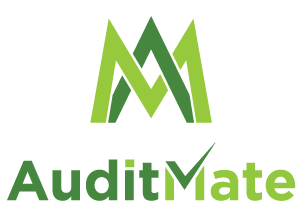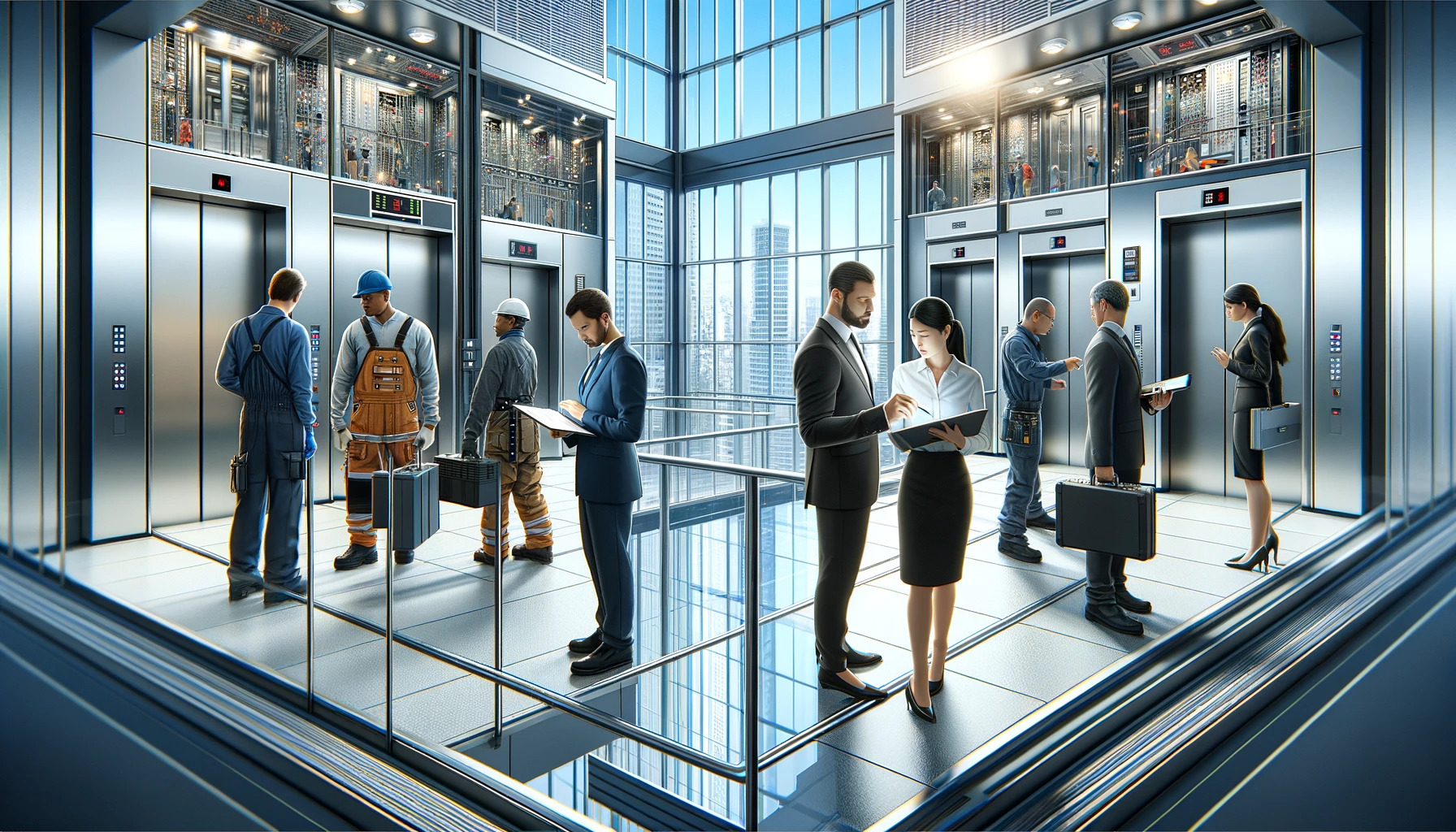Navigating Elevator Maintenance Regulations: A Comprehensive Guide for Building Managers
Operating elevators involves more than just pushing buttons. As a building manager, you’re responsible for ensuring the elevators in your facilities are properly maintained and kept up to code. With frequently changing regulations, keeping track of compliance can feel like a full-time job in itself. This guide aims to help simplify elevator maintenance for busy managers.
Know Your Local and National Regulations
The first step to streamlining compliance is understanding the codes and standards that apply to your elevators. Regulations often include monthly, quarterly, and yearly maintenance requirements. Get familiar with laws in your state and municipality as well as national policies. While standards exist to ensure safety, they can also create headaches for managers scrambling to stay up to date.
Create a Maintenance Schedule
Making sense of varying timelines across local, state, and federal policies means creating a master schedule. Condense regulations down to one checklist organized by frequency. Separate tasks out monthly, quarterly, annually, and beyond. This helps visualize the big picture and ensures you don’t miss critical inspections or parts replacements.
Track Vendor Performance
Even the best maintenance schedule falls apart without reliable vendors to carry it out. Monitor contractors tasked with tests, repairs, and certifications. Ensure they adhere to your building’s timeline and complete documentation properly. Slip ups lead to violations and put operations at risk. Don’t be afraid to make vendor check-ins part of your routine.
Conduct Spot Checks
While vendors handle most maintenance, taking matters into your own hands builds accountability. Perform periodic spot checks between scheduled appointments to catch issues early. Pay attention to warning signs like strange noises, visible damage, cleanliness complaints, and slow operation. Document any concerns to share with your provider.
Digitize Paperwork
Records retention remains crucial, especially when safety inspectors request documentation with little notice. Storing papers sustainably over decades in compliance with changing rules presents difficulties, though. Transition to digital systems to neatly catalogue forms, invoices, credentials, manuals, and work orders. This makes accessing evidence of proper maintenance a breeze.
Ensuring Adherence to Maintenance Schedules
With AuditMate, scheduling and tracking maintenance becomes a breeze. The software’s reminders and tracking systems ensure that all maintenance activities are carried out on time, adhering to the stipulated schedules.
Best Practices for Elevator Maintenance
Regular Inspections
Schedule regular inspections and ensure they are thorough. This includes checking the mechanical parts, electrical systems, and safety features.
Prompt Repairs
Address any issues identified during inspections immediately. Delaying repairs can lead to bigger problems and safety risks.
Record Keeping
Maintain detailed records of all maintenance and repair activities. This is where AuditMate’s robust record-keeping feature becomes invaluable.
Get Setup for Success
Implementing strong systems gives personnel confidence when regulators come knocking. Ensure everyone understands emergency policies and procedures, too. Invest time upfront to develop inspector-ready protocols. Elevators remain one of the most highly scrutinized building features. Yet preventable missteps routinely put managers in hot water.
Follow this elevator maintenance guide to make compliance second nature. Protect yourself from violations and keep residents happy with protocols that work behind the scenes. Once effective systems are in place, you can focus on big picture property management rather than micro-managing elevators full-time. Staying on top of tests and repairs takes work, but pays dividends over time.
Conclusion
Navigating the complex world of elevator maintenance regulations requires a well-thought strategy and the right tools. AuditMate emerges as a comprehensive solution, providing building managers with the means to ensure compliance, safety, and efficiency. By embracing this innovative software, building managers can not only adhere to regulations but also enhance the overall safety and longevity of their elevator systems.

Frequently Asked Questions | AuditMate
FAQs
What are some common elevator maintenance regulations?
Common regulations include monthly and yearly safety tests, load tests every 5 years, upgrades to current code when completing major repairs, registrations and permits, record keeping for inspections, and fines for violations.
How often should elevator maintenance be completed?
Most elevator maintenance should be completed monthly, quarterly, and yearly based on a detailed schedule that covers safety tests, parts lubrication, and components replacement.
What records should be kept for elevator maintenance?
Records of all safety tests, repairs, upgrades, orders, credentials of technicians, permits, and any other documentation related to maintaining compliance should be kept either physically or digitally.
What are signs an elevator needs maintenance or repair?
Warning signs include strange sounds, visible damage, dirtiness, slow operation, doors opening and closing irregularly, uneven rides, buttons malfunctioning, and emergency features not working properly.
What happens if elevator maintenance is neglected?
Neglected maintenance leads to code violations, fines, operational shutdowns, entrapments, injuries due to malfunctions, general liability, void warranties, and even criminal charges in cases of gross negligence

